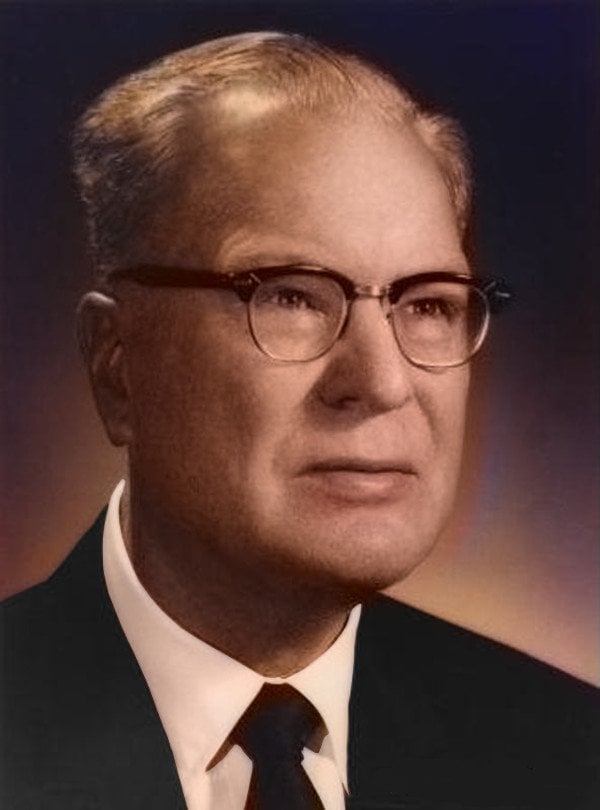
Image source: https://www.scienceabc.com/wp-content/uploads/2017/07/Chester-Floyd-Carlson.jpg
Like many pieces of machinery that have become part of our lives we tend to take the office photocopier for granted.
Photocopiers that produce a reasonable quality print were only developed just over 70 years ago and the man who invented the concept of electro photography was someone who was fascinated with new concepts and ideas.
That man was Chester F Carlson and, yes, he was an American. He worked as a part time researcher, inventor and patent attorney in the patent office in New York, a job that meant he had to make a large number of copies of important documents.
This was usually done by typists using manual typewriters and making carbon copies. But there was a limit to how many legible copies could be produced in one go since the process depends on the typewriters' metal letter keys making a strong enough impression through several sheets of paper with carbon-coated sheets in between each and thus transfer the image clearly.
It was a tedious process and Carlson quickly discovered that there were never as many copies of the documents available as he needed.
Inevitably, given his background, he started looking for a more effective method of making copies.
From boyhood Carlson was fascinated with getting new knowledge and said of himself as a boy that he had turned toward interests "of my own devising, making things, experimenting, and planning for the future"
He said he idea of making an invention appealed to him as a means to improve one's economic status. But equally he was interested in technical things and making a contribution to society.
It may be also that his childhood situation influenced this outlook. He is known as a schoolboy to have published a chemical magazine to support his invalid parents.
But his education and subsequent career do underline an innate curiosity and pursuit of knowledge.
His achievements include working as a research engineer at Bell Telephone Laboratories in New York and also achieving two degrees, one in Law in 1939 from the New York Law School and the second in physics from Caltech.
During his career he was granted 34 U.S. patents, of which 28 relate to electro photography, the technology that is the basis of the photocopier. He also established the Chester F. Carlson Center for Imaging Science and the Chester F. Carlson Award to recognize outstanding work in the science or technology of electro photography.
He realised that his search for an office machine that could copy documents without a typist having to laboriously produce copies, that would then have to be proof read and corrected, would depend on document reproduction using light-reflecting properties.
His first experiments resulted in a successful copy in 1938 - made by laying an image put on a glass microscope slide, laid on a sulphur-coated zinc plate, whose surface was rubbed vigorously to create an electrostatic charge. Then the room was darkened and the strongest light that could be found was shone onto the surface.
The result was a success, though hardly something that could be regularly used in a busy office. But it was to be another 15 years before any company was willing to take the risk of developing this untried new technology and eventually in 1944 he signed an agreement with the Battelle Development Corporation, an organisation that sponsored new inventions.
Two years later, a company called The Haloid Company (now Xerox Corporation) got in touch with Carlson, a patent licence was obtained and in 1948 the first commercial xerographic equipment was developed and the rest, as they say, is history.
